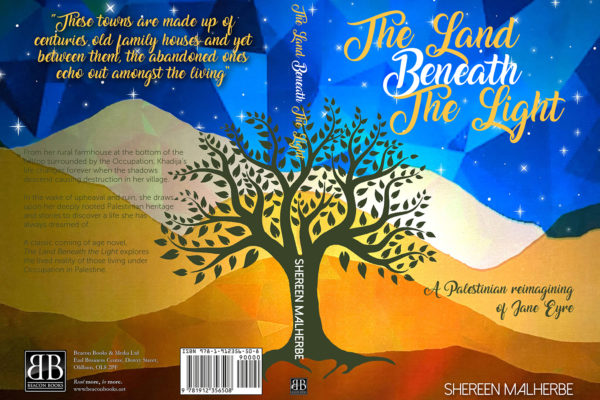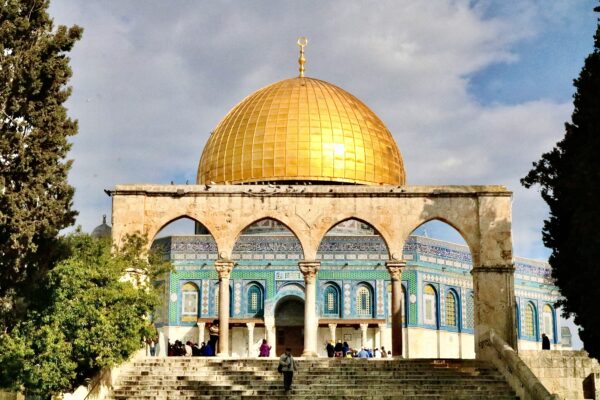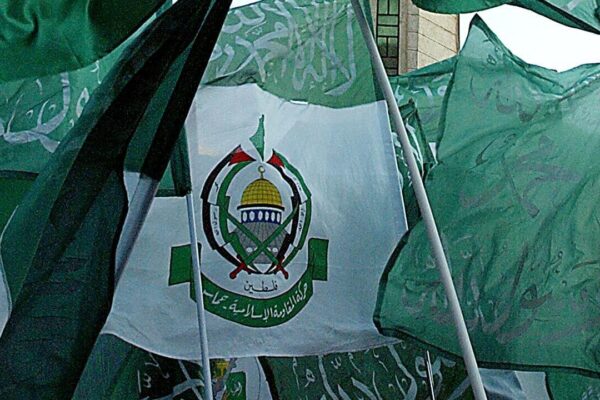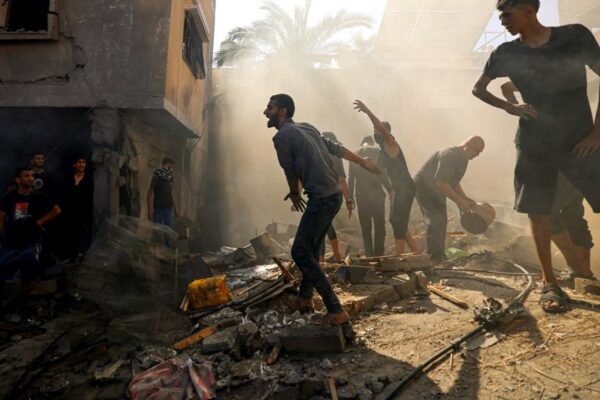“When we read classic literature we now use them as references for society despite them being fictional texts. What I want to create are representative, authentic texts that include Muslims as contributors to society. Having a Muslim narrative should not pigeonhole our work into a Muslim-only category. My books are for everyone to read.”
“When we read classic literature we now use them as references for society despite them being fictional texts. What I want to create are representative, authentic texts that include Muslims as contributors to society. Having a Muslim narrative should not pigeonhole our work into a Muslim-only category. My books are for everyone to read.”
British Palestinian author, Shereen Malherbe, is a writer and researcher, entering the world of book publishing with her debut novel, Jasmine Falling, which became one of the top twenty Best Books by Muslim Women (Goodreads).
Her second novel, The Tower, based loosely on the devastating Grenfell Tower fire, was described by a notable academic as, “Our entire answer to how you write outside of Orientalism (even internalized).” It now is required academic set text at a US University course on Muslim Voices, Post 9-11.
Malherbe has also written a migrant children series, The Girl Who Slept Under the Moon followed by, The Girl Who Stitched the Stars. She had also been published in the prestigious landmark edition of World Literature Today’s, Palestine Voices.
Now Malherbe returns with her third novel, The Land Beneath the Light, described as a ‘Palestinian reimagining of Jane Eyre’. Publisher Beacon Books.net have summarised the book as follows:
“From her rural farmhouse at the bottom of the hilltop surrounded by the Occupation, Khadija’s life changes forever when the shadows come and cause destruction in her village. In the wake of upheaval and ruin, Khadija draws upon her deeply rooted Palestinian heritage and stories, often shared through the voice of a storyteller, to get through. A classic coming-of-age novel, The Land Beneath the Light explores the lived reality of those living under Occupation in Palestine.”

Excited to see what this new novel has in store for us and why Malherbe wrote it, TMV spoke with Shereen Malherbe to find out more.
TMV: The Land Beneath the Light is a fiction story however, you often write and speak about your own family’s experiences and how this influences your writing. Can you tell us more?
Malherbe: I stayed in a rural village in an old family house of ours and yet if you tried to find the town on maps, you find that they have been erased. I was particularly interested in exploring that. This is something that is happening in many of the towns and villages in Palestine. They are physically disappearing and the ones that are there, are being erased from maps but they have a history and many have a present right now that isn’t being seen.
What was your journey to writing this book?
I stayed with my family throughout the West Bank and I will never forget my first stay in a rural town, fifteen minutes outside of Ramallah, the inspiration of where The Land Beneath the Light is set.
The house was a farmhouse set at the bottom of a hilltop, at the end of a quiet street. The fields and landscape around the house provided so much for the villagers there and it was incredible to go out picking wild sage in the rocky ground, families proudly showed us their decades-old olive groves still producing world-class fruits.
Yet surrounding us this whole time is the army base on the hilltop and we would reach the edge of the village and it was blocked off by huge boulders. One day, a young boy was shot at the border there and all these events happened that I found hard to comprehend and I felt as if no one really saw this part of Palestine.
How did you research this book?
My research was first-hand. When I stay there, I stay with my family, visiting them all from Jericho to Jerusalem to Ramallah. I take hundreds of photographs, speak to my family and try and understand their history and their stories.
What I discovered was that my own family history is tied to the land. My own grandmother was a survivor of the Deir Yassin massacre and like many others, had to make huge sacrifices to stay and raise a family in Palestine. I am surrounded by women who make these tough decisions and who soldier on because their land is so important to them.
However, their lives and opportunities are inextricably affected by what happens in the wider society around them and this is something I was keen to unravel.
Why did you decide to write a Palestinian reimaging of an English classic?
During my stay in the village, this whole time above us on the hilltop, we were surrounded by the occupation. I had studied many gothic literature novels both during and after my English Literature honors degree, and I can’t think of a setting more apt than this one to set a reimagining of this as this genre lends so much to the Palestinian situation there. The empty houses, the mist in the mountains, and this feeling that you are cut off- physically and literally from other places.
So at first, I wasn’t sure if the idea would work. But when I researched gothic architecture, I discovered a book, called Stealing from the Saracens by Diana Darke, where “Against a backdrop of Islamophobia, Europeans are increasingly airbrushing from history their cultural debt to the Muslim world”. It actually places a lot of what people consider as typically English gothic architecture ideas that were in fact influenced from the Middle East. It seemed these two worlds weren’t as far apart as I initially thought.
In addition, this cultural airbrushing that Darke talks of is one of the reasons I write, because I am concerned about who is writing our history and what they are saying about it. That is why this book has an entirely Palestinian narrative. I’ve been increasingly concerned that the Palestinian story isn’t getting out in the world and this was my contribution to that.
I have also written a children’s migrant series that showcases a celebration of difference and that continues this year with the release of The Girl Who Stitched the Stars. It is a timely addition considering UNESCO has just listed the Palestinian art of tatreez (embroidery) as part of their cultural heritage.
You have discussed before that you write to preserve history, why do you choose fiction for this?
What I love about fiction is that it has the potential to open up a subject to a new audience. It has an emotional effect on the reader. It can evoke empathy and connect a reader to a character in ways that media and academic work can’t always reach.
I am interested in this deep human connection to open up worlds that others might not initially be able to see.
You have also spent a large proportion of your career writing for organizations and been invited to discuss the representation of Muslim women in the media. How has this influenced your work?
It has influenced my work in every way. From seeing how Islam and Muslims are represented in the wider world through media, stories, novels, and other media forms, it is clear to see that there is still a lot of work to do in order to erase these old tropes that are still being reinforced since Edward Said wrote Orientalism.
When we read classic literature we now use them as references for society despite them being fictional texts. What I want to create are representative, authentic texts that include Muslims as contributors to society. Having a Muslim narrative should not pigeonhole our work into a Muslim-only category. My books are for everyone to read.
Classic English Literature is read around the world and isn’t characterized as Christian fiction, despite its heavy use of religious themes. A person’s religion or spirituality can be an important part of their identity, but I would like more books that reflect our current multicultural society to foster a more empathetic society where we connect and understand each other and our decisions on a deeper level.
The Land Beneath the Light is available to buy now. To read more about Shereen Malherbe, her novels, and children’s books, please visit shereenmalherbe.com or her Instagram.





